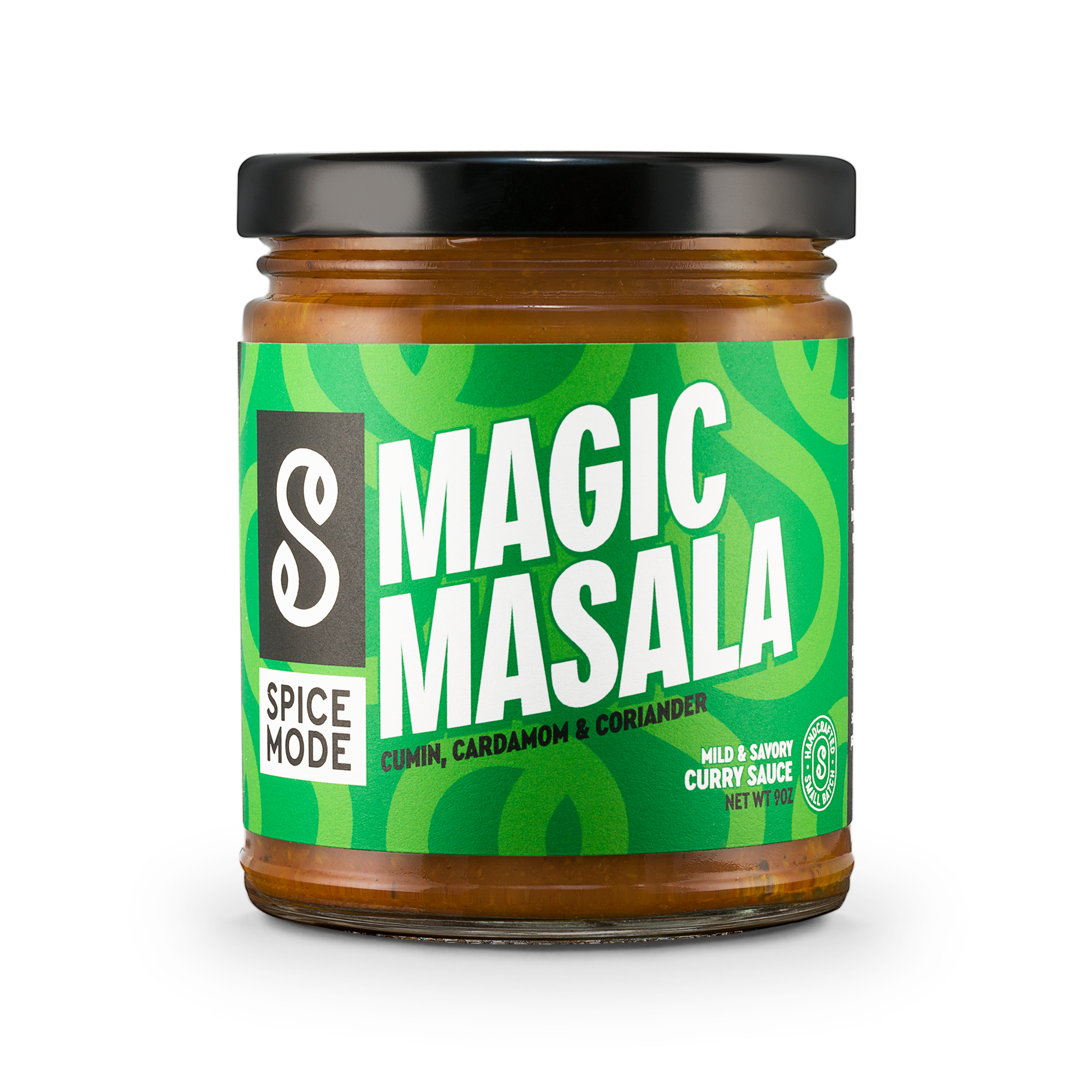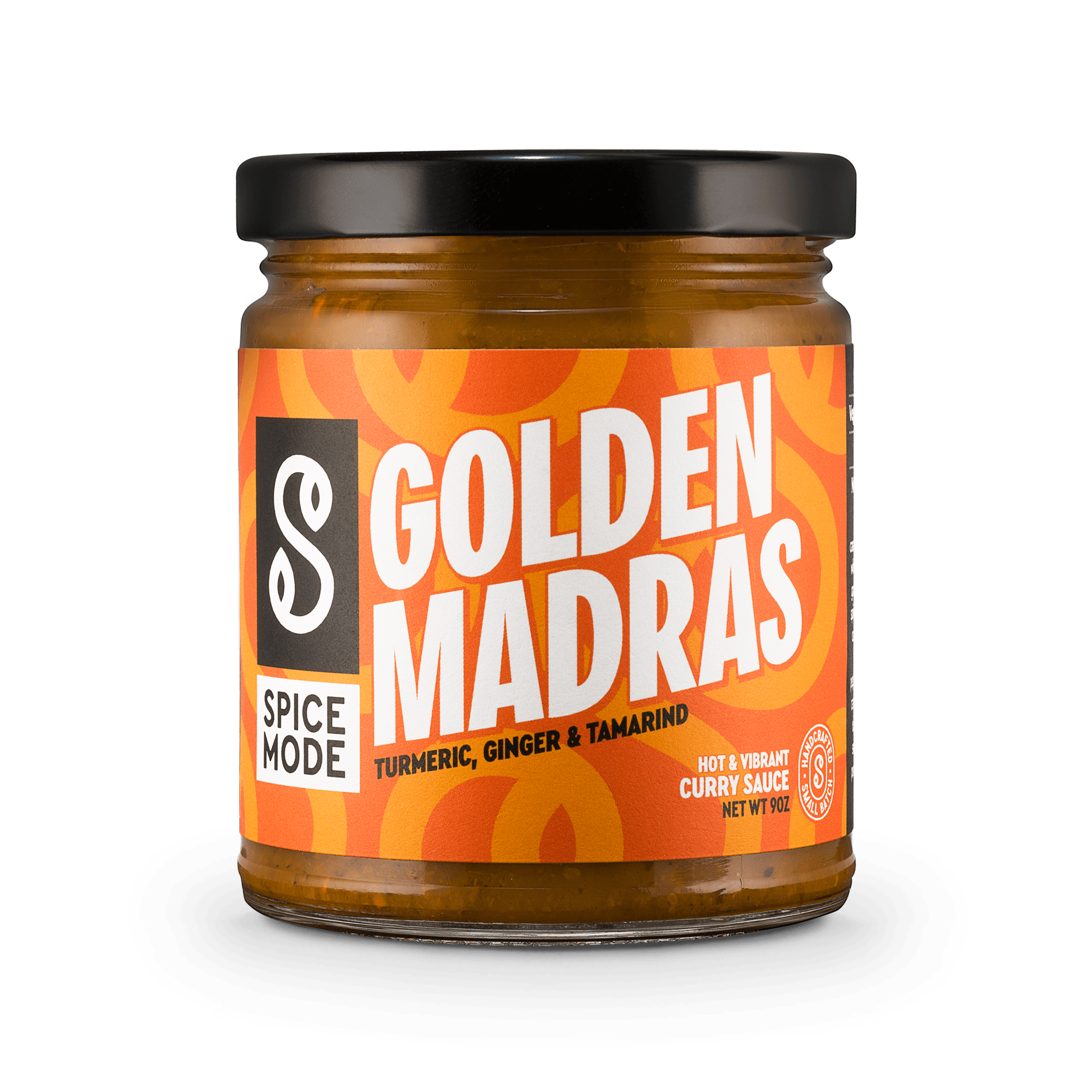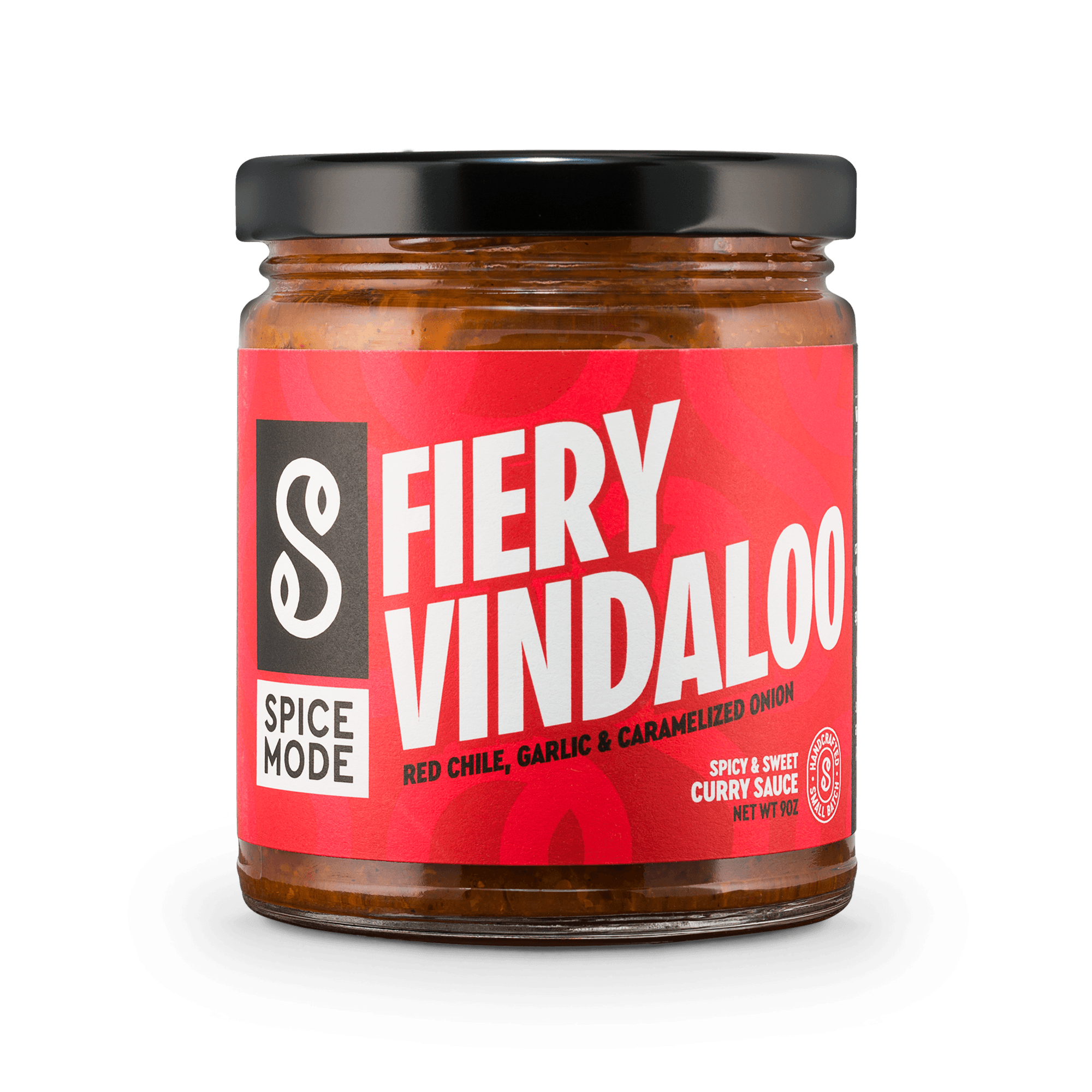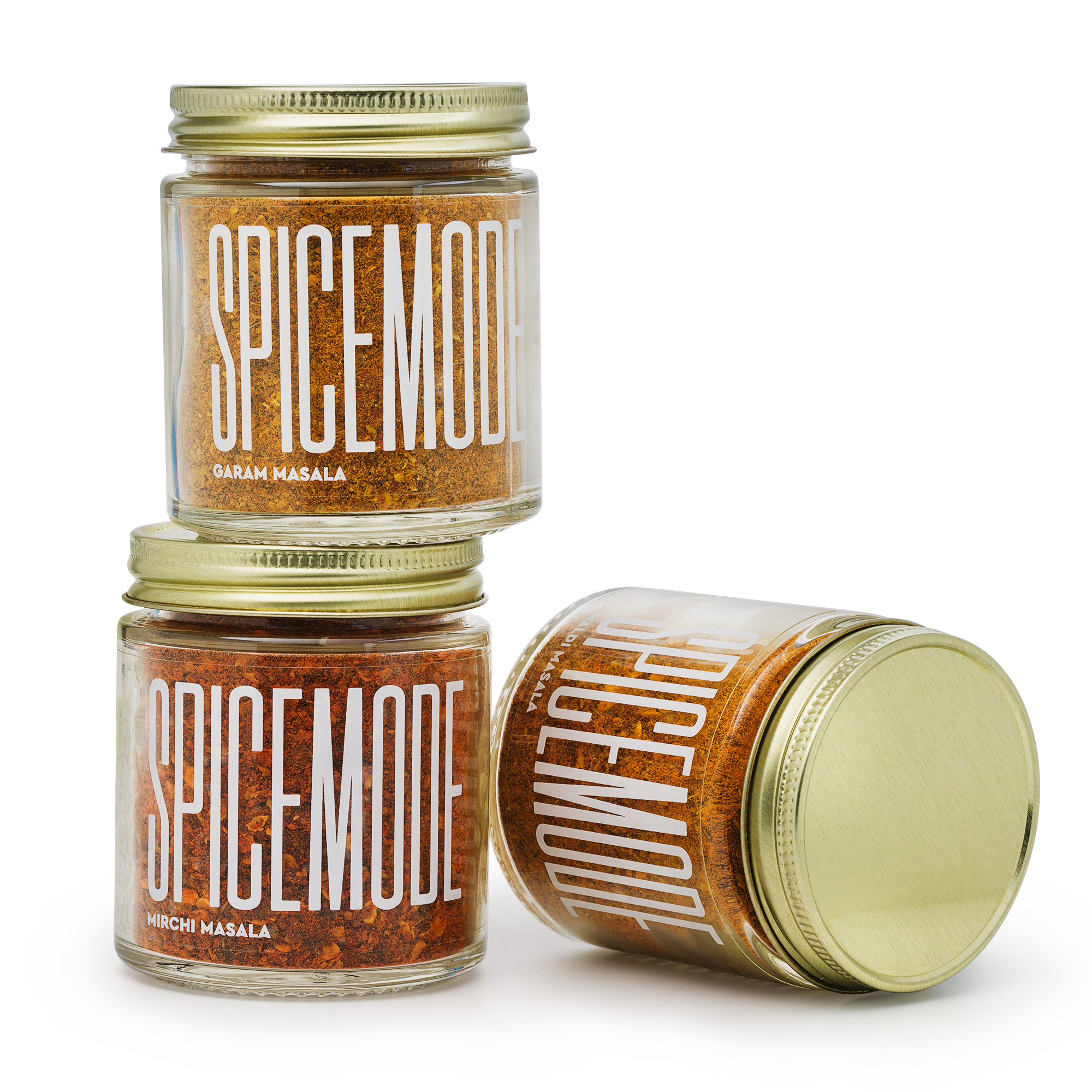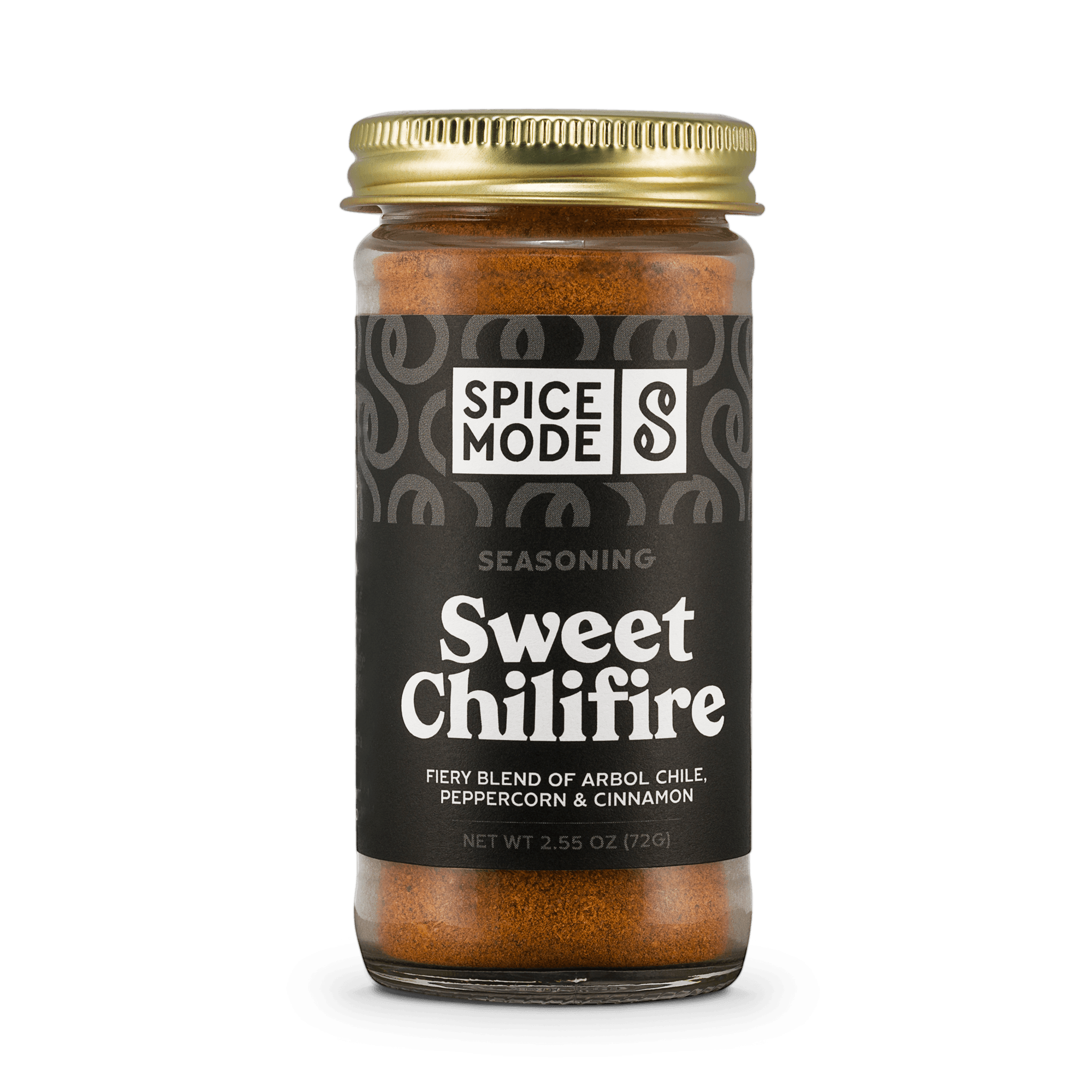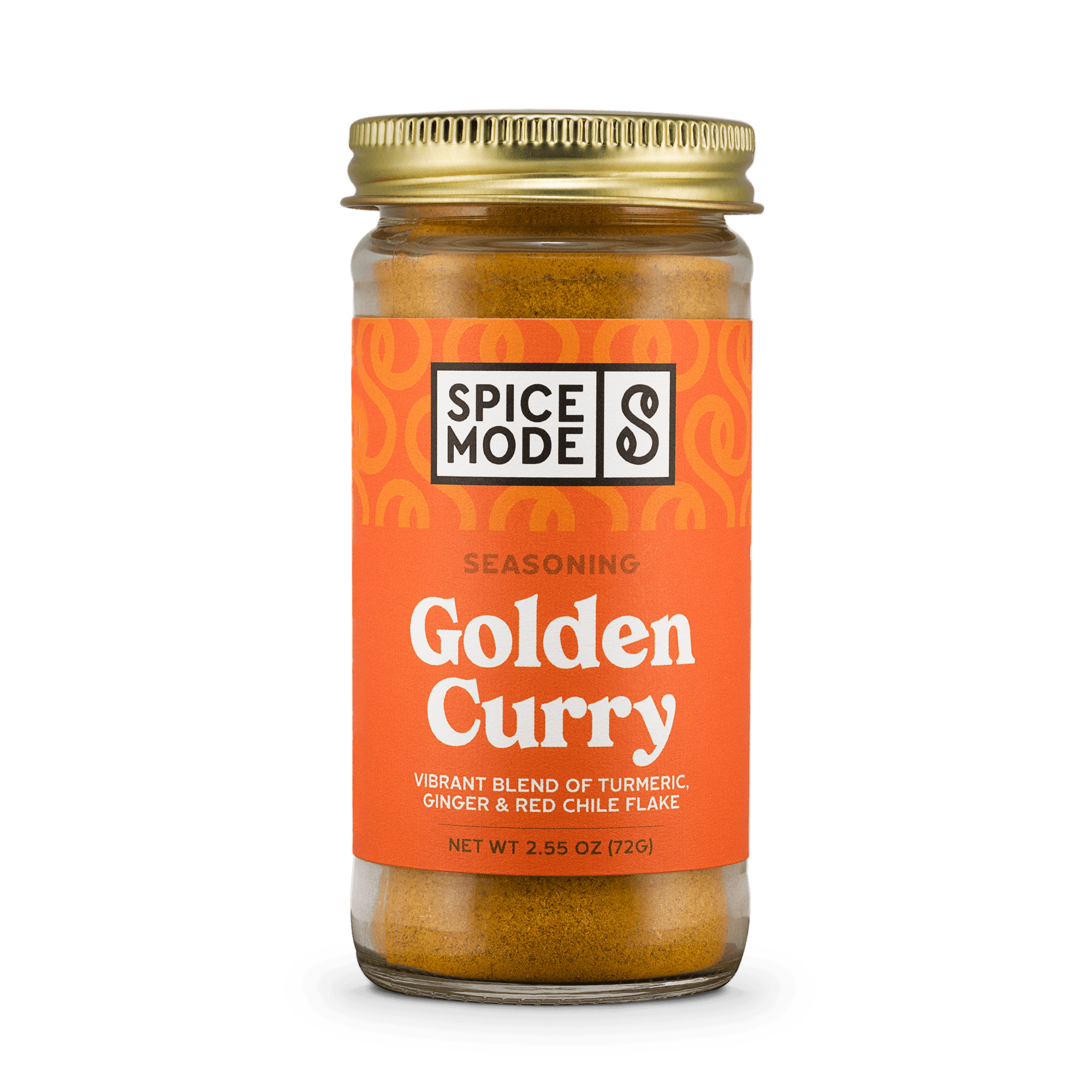Sauté the night away..
Fun Fact: Sauté comes from the French verb sauter, which means "to jump."
Named after the art of tossing food in pan, to sauté is to cook food quickly in minimal fat, on relatively high heat. Unlike braising or slow cooking, sautéing is suited for tender cuts of meat - such as fish and filet mignon. This type of meat and produce are still able to maintain their integrity and taste after browning quickly on high temperatures.
The browning achieved by sautéing adds a distinctive richness to your meal, a complex flavor that is itself unique.
Quick Tips:
- You will need a pan with a large surface area so that your meal will have space to cook and so that heat will be distributed evenly. We recommend using a skillet or sauté pan.
- Use naturally tender meats and veggies. Time in the pan is short-lived so it's best to choose the right ingredients for the job. If you do decide to use vegetables that are on the tougher side, blanch them beforehand.
- Make sure you cut your ingredients as close to a uniform size as possible. This enables food to cook evenly, which can be very important for certain cuts. It also helps if this size is of the smaller variety - meat and produce that is cut in large portions can take longer to cook, which risks burning instead of browning.
- I'm so impatient and throw all of my food in the pan before it's hot. Don't do this! Let your pan heat for a couple of minutes before you start the cooking process. You want your food to cook appropriately!
- Choosing which fat is right for you is very important. Choose an oil that has a high smoke point for sautéing, such as peanut or olive oil. Unfortunately coconut oil has a low smoking point so it's not great for high heat cooking. Once the pan is hot, add the fat of your choice. Heat for 10 seconds before you add your ingredients.
- Make sure you only cook in one unified layer! When you overcrowd your food, this creates moisture that could lead to steaming.
- Stir/toss to make sure that both sides of your ingredients are browned.
Sauté Versus Stir-Fry
Both stir-frying and sautéing cook food quickly in a minimal amount of fat but there are two big differences:
- Temperature - Stir-frying cooks food over intensely high heat whereas sautéing involves moderately high heat.
- Stirring - Stir-frying equals constant stirring whereas sautéing allows food to brown.
Spicemode + Sautéing
Our globally inspired cooking sauces + seasonings are the perfect addition to your weekly sauté.
Add a couple of spoonfuls of our signature cooking sauces to your favorite vegetables and you have an exotic meal in no time.
Are you a mushroom fan? Try our simple Vindaloo Sautéed Mushrooms recipe. Takes only 15 minutes for layers of flavor and a healthy, hearty meal!




